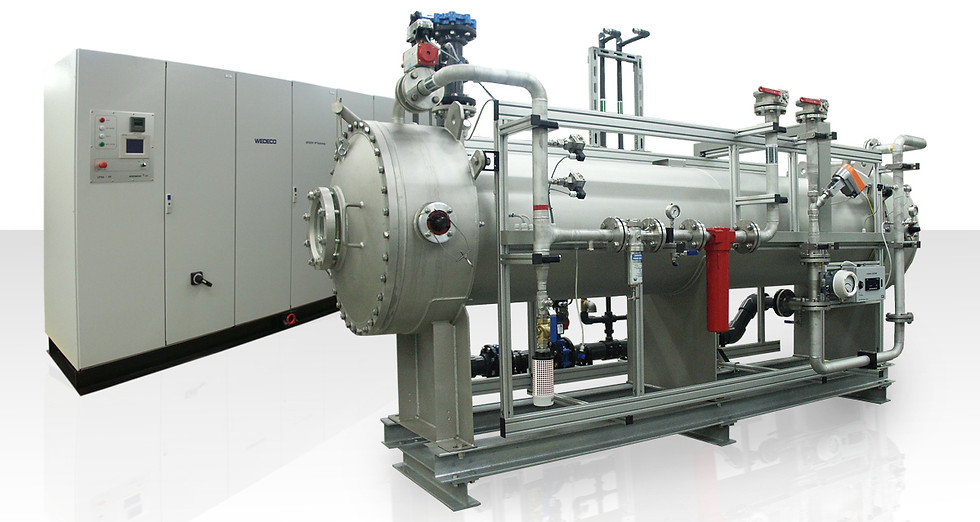OXI
Oxidation

Biological processes can become limited in treatment performance when organic water compounds show toxic behaviour, are extremely persistent or if high salt concentrations do not allow biodegradation. Then, wet chemical oxidation can transform these compounds, allowing subsequent biological treatment, subsequent precipitation or even complete oxidation of compounds.
Ozone is widely established in surface water treatment for drinking water and became an increasing wider application in recent times for effluent polishing aiming at trace organic removal. It is the right choice for high volume flows at low concentration of organic compounds up to 50 mg/L of DOC.
Fenton based oxidation is a perfect choice for small water flows at high concentrations of organic compounds up to 50 g/L of COD. As fenton based processes go along with iron precipitation, up to 75% of COD removal can be referred to a precipitation, that could not be achieved in the original water. So we call this also „activated precipitation“.
T E C H N I C A L D A T A
-
Volume flows between 20 and 2000 m³/h and up to 50 mg/L of DOC for ozonation.
-
Volume flows between 0.5 and 20 m³/h and up to 50 g/L of COD for Fenton.
-
Optimum transformation of persistent organic into biodegradable organic compounds at Zspec of 0.5 to 1.5 g O3/g DOC.
A D V A N T A G E S
-
Ozonation can be operated without sludge formation.
-
Fenton processes show high efficiency at low operation costs.
-
Wide expertise at BHU.



